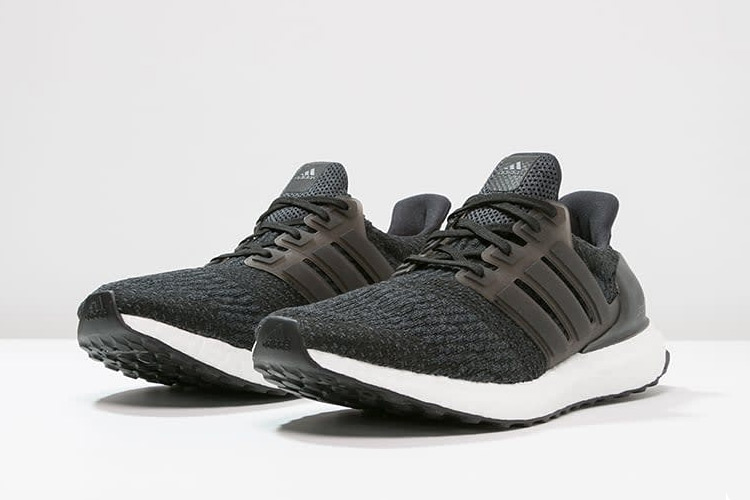Health & Fitness
How To Choose The Right Running Shoes
Most running shoes feel comfortable when you’re trying them on in the store, but the true test comes several miles into your run. Thankfully, specialty store like Road Runner Sports let you test out prospective shoes on an in-store treadmill, ensuring that you are 100% happy with your decision.
Whether you’re a experienced runner with your eyes on dominating your next race, or just getting started, it’s important that you choose the right running shoes. After all, you’re going to spend a lot of time in them, so you want something you really like. You should also consider purchasing running insoles, as they can enhance the comfort and fit of your running shoes and sneakers. Here are some tips to get started:
Consider what type of surface you’ll be running on. Treadmills, roads or trails all require different types of running shoe features. How often and for how long you run is also an important factor when choosing running shoes. Those training for a marathon with early morning jogs will have much different requirements from the casual once-a-week runner. When in doubt, don’t be afraid ask a sales associate for help.
Take your weight into account when shopping for different cushion options for your shoes, because that’ll affect how your feet connect with the ground. Also, when trying them on, think about going half a size larger as feet can expand during any extended sports activity. Before taking your new running shoes for a longer jog, it’s important to break them in for a couple of days.
It’s important to not over-wear your shoes, so make sure you don’t use the same pair of running shoes for too long. Even though they may look new, regular running shoes should only be worn for 400 to 500 miles (3 or 4 months for regular runners). So take a look at your shoes and check if the midsoles and outsoles are compressed or worn. If they are, it may be time for a new pair.
The perfect running shoe is a determined by personal preference and the feel on foot. Experiment with variations in cushioning, size & width to make sure you find something perfect for your foot and how you run.
It’s also important to figure out what kind of runner you are. If you own a well-used pair of running shoes, you can check the wear pattern on the soles to help determine your running mechanics.
Based on my wear patterns, I found out that I tend to supinate, so I started buying neutral shoes that provide some shock absorption and some medial (arch-side) support. However, if you’re a running who exhibits mild to moderate overpronation, you’re better off with a stability shoe. Again, don’t be afraid to ask an associate for help, as they can look at your old shoes or watch how you run to help you choose the ideal pair.
And here’s one final tip – Try on shoes at the end of the day. Your feet normally swell a bit during the day’s activities and will be at their largest then. This helps you avoid buying shoes that are too small.
So what are you waiting for? Pick up a new pair of running shoes, and take advantage of this great weather we’re having!


















Recent Comments